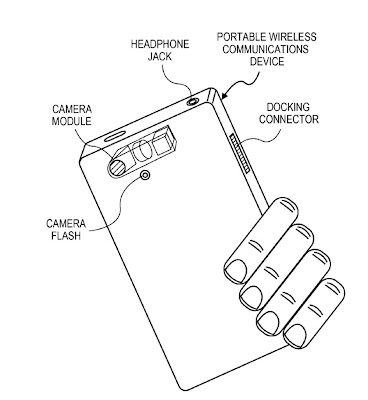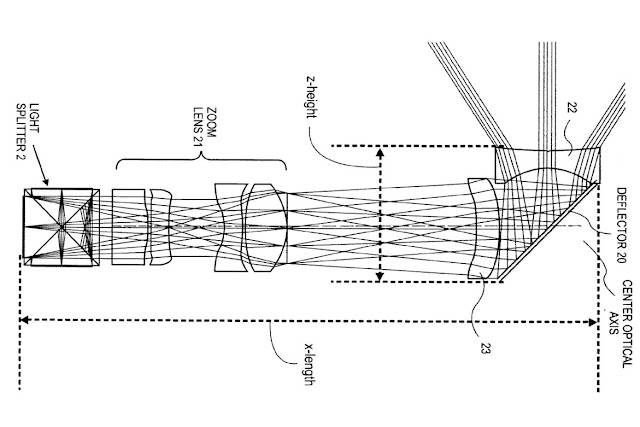Additionally, the patented technology could even save money for the consumer electronics giant. In 2011, the company filed for a patent entitled “Digital camera with light splitter.†The iPhone or iPad camera includes a zoom lens with a moveable lens made possible by a cube which splits light into its component red, green and blue colors…
Apple explains:
The cube splits the incident light into first, second, and third color components that emerge from the cube through a first face, a second face, and a third face of the cube, respectively.
First, second, and third image sensors are provided, each being positioned to receive a respective one of the color components that emerge from the first, second, and third faces of the cube. Other embodiments are also described and claimed.
Because this optical cube then directs specific colors to the camera’s sensors, there is no need for filtering or separating colors as would be required if light was directly sent to the mobile camera.
That’s why Apple proposes using clear pixel array sensors because these have no color filter array or color separation capabilities, “making them relatively inexpensive yet more accurate (due to no color interpolation or demosaicing required).â€
In such a color splitting architecture, Apple says, the amount of light incident on each pixel is about three times greater than in a conventional Bayer-pattern color filter array (CFA) sensor.
The invention permits Apple to save money on more expensive sensors, but should also provide consumers with images that are more clear as well as including deeper color saturation.






